Home>Dining>Events & Etiquette>How To Organize A Dinner Party
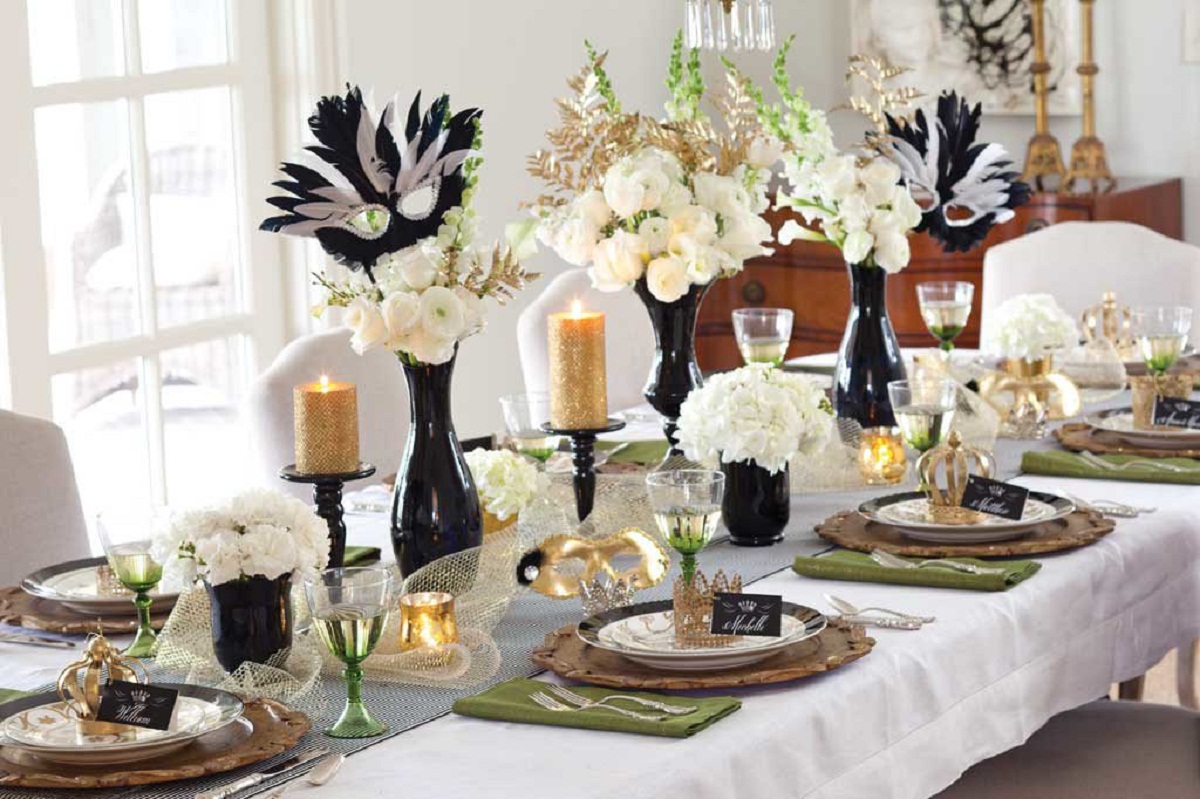

Events & Etiquette
How To Organize A Dinner Party
Modified: August 27, 2024
Learn the essential events etiquette for organizing a flawless dinner party. Impress your guests with proper planning, decor, and dining etiquette.
(Many of the links in this article redirect to a specific reviewed product. Your purchase of these products through affiliate links helps to generate commission for Storables.com, at no extra cost. Learn more)
Introduction
Organizing a dinner party can be both exciting and overwhelming. It’s an opportunity to gather friends, family, or colleagues for a delightful evening filled with good food, engaging conversations, and memorable moments. However, without proper planning and attention to detail, it can quickly become a stressful affair.
In this article, we will guide you through the steps to successfully organize a dinner party that will leave your guests impressed and ensure a seamless and enjoyable experience for everyone involved. From selecting the date and theme to creating the perfect ambiance, we will cover all the essentials to help you become a gracious host.
So, let’s get started and turn your dinner party into an event to remember!
Key Takeaways:
- Setting the date and theme, compiling the guest list, and sending thoughtful invitations are crucial for creating a memorable and enjoyable dinner party experience. Attention to detail and guest preferences are key.
- Thoughtful menu planning, grocery shopping, and food preparation are essential for treating guests to a delectable and satisfying meal. Creating the right ambiance and managing drinks contribute to a successful and immersive dinner party experience.
Read more: What Is A Progressive Dinner Party?
Step 1: Setting the Date and Theme
The first step in organizing a dinner party is to determine the date and choose a theme. Setting a date well in advance allows you to ensure that the majority of your desired guests can attend. Consider their availability and any potential conflicts, such as holidays or special events.
Once you have settled on a date, it’s time to select a theme for your dinner party. A theme can add a unique and cohesive element to the event, making it more memorable for your guests. Whether it’s a formal black-tie affair, a casual backyard barbecue, or a festive holiday gathering, the theme will set the tone for the entire evening.
When choosing a theme, think about your personal preferences, the occasion or reason for the dinner party, and the preferences of your guests. You could draw inspiration from a specific cuisine, a favorite decade, a cultural celebration, or even a popular movie or book.
Once you have settled on a theme, make sure to convey it clearly to your guests so that they can dress appropriately or bring any necessary items to contribute to the theme.
Remember, while a theme can add a unique touch to your dinner party, it’s also essential to consider the comfort and preferences of your guests. If you’re unsure about a specific theme, opt for a more general and inclusive approach.
By carefully selecting the date and theme, you lay the foundation for a successful and enjoyable dinner party. It sets the stage for the rest of the planning process, ensuring that your guests will have an exciting and memorable experience.
Step 2: Compiling the Guest List
Compiling the guest list is an important step in organizing a dinner party, as it sets the tone for the event and helps determine crucial details such as the venue, seating arrangements, and the amount of food and drinks needed.
Start by creating a list of people you would like to invite to your dinner party. Consider the capacity of your chosen venue and the nature of the event to determine the appropriate number of guests. If it’s an intimate gathering, you might want to keep the guest list small and select individuals who share common interests or have a close relationship with you.
It’s also essential to strike a balance between inviting a diverse mix of guests. Consider inviting a blend of family members, close friends, acquaintances, and colleagues to create an interesting dynamic and foster new connections.
When compiling the guest list, ensure you have updated contact information for each person, including their names, phone numbers, and email addresses. This will be helpful when sending out invitations and keeping track of RSVPs.
Consider any dietary restrictions or food allergies that your guests might have. Make a note of these on your guest list so that they can be taken into account when planning the menu.
Remember, it’s always a good practice to contact potential guests in advance to gauge their interest and availability for attending the dinner party. This will help you finalize the guest list and ensure a higher attendance rate.
Lastly, be mindful of the dynamics among your guests, and make an effort to invite people who will enjoy each other’s company. By carefully compiling your guest list, you can create a welcoming and enjoyable atmosphere that will contribute to the success of your dinner party.
Step 3: Sending Invitations
Once you have compiled your guest list, it’s time to send out invitations for your dinner party. Invitations not only provide essential details about the event but also create a sense of anticipation for your guests.
There are various ways to send invitations, depending on your personal preference and the formality of the event. Here are a few options:
- Traditional Paper Invitations: For formal gatherings, you may opt to send out physical invitations. These can be custom-designed or purchased from a stationery store. Include all the necessary details such as the date, time, venue, dress code (if applicable), theme (if applicable), and RSVP information. Handwritten or printed invitations add an elegant touch to your dinner party.
- Email Invitations: A more modern and convenient option is to send invitations via email. There are various online platforms that offer customizable templates, making it easy to create visually appealing invitations. Include all the essential details and consider adding a digital RSVP option to simplify the response process.
- Online Event Platforms: If you prefer a more organized approach, you can use online event platforms such as Eventbrite or Evite to create and manage your invitations. These platforms allow you to create event pages, send invitations, track RSVPs, and communicate with your guests conveniently.
When sending out invitations, make sure to do so well in advance to give your guests enough time to respond and plan accordingly. Consider providing a deadline for RSVPs to ensure an accurate headcount for catering purposes.
Additionally, include any additional instructions or requests, such as dietary restrictions or contributions your guests can bring to the event. This will help you manage expectations and ensure a smoother experience for everyone.
Remember to follow up with your guests who haven’t responded to the invitation a few days before the event. This will allow you to make any necessary adjustments and ensure a successful dinner party.
By sending out thoughtful and well-designed invitations, you set the stage for an exciting and memorable dinner party. The invitations serve as a reflection of your attention to detail and give your guests a glimpse of what to expect.
Step 4: Planning the Menu
Planning the menu is a crucial step in organizing a dinner party as it sets the tone for the culinary experience your guests will enjoy. The menu should reflect and complement the theme of the event while considering the preferences and dietary restrictions of your guests.
Start by brainstorming ideas and creating a list of potential dishes. Consider the occasion, time of year, and the theme of the dinner party when selecting menu items. If you’re hosting a themed dinner party, research traditional dishes or flavors that can enhance the overall experience.
When planning the menu, it’s important to strike a balance between variety, flavors, and dietary accommodations. Offer a mix of appetizers, main courses, side dishes, and desserts to cater to different tastes.
Consider any dietary restrictions or food allergies that your guests may have. Offering vegetarian, vegan, gluten-free, or dairy-free options can make your dinner party more inclusive and enjoyable for everyone. If you’re unsure about specific dietary requirements, reach out to your guests in advance to inquire about their preferences.
While it’s tempting to showcase your culinary skills and impress your guests with complex recipes, remember to be realistic about your abilities and the time constraints you’ll have on the day of the dinner party. Choose dishes that you’re comfortable preparing and that can be easily managed within the available time frame.
Make a detailed shopping list of all the ingredients needed for each dish on the menu. Take into account the number of guests and adjust the quantities accordingly. It’s better to have some extra food than to run out during the dinner party.
Lastly, consider the flow of the meal and how the dishes will be served. Ensure that the menu offers a progression of flavors and textures, starting with lighter appetizers and ending with satisfying desserts. Plan the timing of each dish to ensure a smooth and enjoyable dining experience for your guests.
By thoughtfully planning the menu, you create an experience that tantalizes the taste buds and leaves your guests impressed. The right combination of flavors and accommodating dietary needs will enhance the overall enjoyment of your dinner party.
Read more: What To Bring For A Dinner Party
Step 5: Grocery Shopping
Once you have finalized the menu for your dinner party, it’s time to tackle the important task of grocery shopping. This step is crucial to ensure you have all the necessary ingredients and supplies to prepare the dishes on your menu.
Start by reviewing your detailed shopping list that you created during the menu planning stage. Group the items by category to make your shopping trip more efficient. This could include categories such as fresh produce, pantry staples, meats, dairy, and beverages.
Before heading to the grocery store, check your pantry and refrigerator to see if you already have any of the items on your list. This will help you avoid purchasing duplicates and save money.
When selecting fruits and vegetables, choose fresh and ripe produce. Consider the quantity needed for each recipe and ensure that you have enough to feed your guests. It’s also a good idea to buy some extra fruits and vegetables as decorative elements for the table or to be used as garnishes for the dishes.
When it comes to meat and seafood, ensure that the quality is good. Select cuts of meat that are appropriate for your recipes and consider any special requests or dietary restrictions from your guests.
While grocery shopping, keep an eye out for the other supplies you will need, such as spices, herbs, condiments, and disposable items like napkins, plates, and utensils. It’s also a good idea to purchase extra pantry staples that can come in handy during the event or in the future.
If you’re feeling overwhelmed or pressed for time, consider using online grocery delivery services. These services can save you time and effort, delivering your chosen groceries right to your doorstep.
Lastly, be mindful of your budget and stick to it while shopping. It’s easy to get carried away with impulse buys or expensive ingredients, but staying within your budget will help you manage your expenses.
By completing the grocery shopping step, you are ensuring that you have everything you need to create your planned menu. This will save you time and stress on the day of the dinner party and ensure a smoother cooking process.
Plan your menu in advance and choose dishes that can be prepared ahead of time. This will help reduce stress on the day of the dinner party and allow you to spend more time with your guests.
Step 6: Preparing the Food
Now that you have gathered all the necessary ingredients from your grocery shopping, it’s time to roll up your sleeves and start preparing the food for your dinner party. This step is where your culinary skills and creativity come into play, so embrace the opportunity to showcase your talent in the kitchen.
Start by organizing your workspace and gathering all the necessary cooking utensils, pots, pans, and kitchen tools. Make sure everything is clean and easily accessible to help streamline the cooking process.
Begin by preparing any make-ahead dishes or components of the meal that can be cooked in advance. This will help ease your workload on the day of the event and allow you to focus on the final preparations.
Follow your menu plan and recipe instructions carefully, paying attention to cooking times and techniques. Take note of any specific order in which dishes should be prepared to ensure everything is ready at the appropriate time.
When it comes to the main course, aim to have it cooked just before your guests arrive or shortly after they arrive, to ensure it is served at its freshest and most flavorful. Preparing the main course in front of your guests can also add a sense of excitement and anticipation to the evening.
As you cook, taste and adjust seasonings as needed to ensure the flavors are balanced and to your liking. Pay attention to presentation as well, as beautifully plated dishes can enhance the dining experience.
To make the cooking process more enjoyable and manageable, consider enlisting the help of trusted friends or family members. Delegating tasks can not only help you save time but also create a collaborative and social cooking experience.
Lastly, try to maintain a calm and positive attitude throughout the food preparation. Remember, the purpose of the dinner party is to enjoy the company of your guests and create a memorable experience. So, embrace any imperfections and focus on the joy of sharing a delicious meal together.
By investing time and effort into the food preparation, you ensure that your guests will be treated to a delectable and satisfying meal. The aroma of the dishes cooking and the anticipation of the flavors will add to the overall enjoyment of your dinner party.
Step 7: Setting the Table
To create an inviting and visually appealing atmosphere for your dinner party, it’s important to set your table with care. A well-set table enhances the dining experience, adding elegance and sophistication to the overall ambiance.
Start by selecting a tablecloth, table runner, or placemats that suit the theme or color scheme of your dinner party. Consider using natural materials like linen or cotton for a more elegant and refined look.
Next, choose a set of matching dinnerware, including plates, bowls, and glassware. If you have different sets, mix and match them to add a touch of uniqueness. Don’t forget to provide each guest with the necessary utensils, including forks, knives, spoons, and napkins.
Consider the layout and placement of each item on the table. Begin with the charger or placemat as the base for each setting. Place the dinner plate in the center, followed by the salad plate and bowl if applicable. To the right of each plate, arrange the flatware in the order it will be used, with the knife closest to the plate and the spoon and fork next to it.
On the left side of each plate, place the napkin folded neatly or in a creative way. You can use napkin rings or decorative folds to add an extra touch of elegance. Alternatively, you can place the napkin on top of the dinner plate for a more casual setting.
For glassware, set at least one water glass at the top right of each place setting. If you plan to serve wine, add a wine glass to the right of the water glass. Adjust the number and type of glassware according to your beverage offerings.
Enhance the table setting with decorative elements such as candles, floral arrangements, or table centerpieces. These elements can further highlight the theme or add a pop of color to the table.
Consider the flow and spacing between place settings to ensure that each guest has enough room to comfortably dine. Arrange the table in a way that encourages conversation and interaction among your guests.
Once the table is set, take a moment to step back and assess the overall look and feel. Make any necessary adjustments to achieve the desired aesthetic and cohesiveness.
By setting a beautifully arranged table, you create an inviting and visually appealing space for your guests to enjoy their meal. The attention to detail will not go unnoticed and will contribute to the overall success of your dinner party.
Step 8: Managing the Drinks
Drinks play an important role in any dinner party, as they complement the delicious food and enhance the overall dining experience. Managing the drinks effectively ensures that your guests have a variety of options to choose from and that their preferences are taken into account.
Start by considering the preferences of your guests when it comes to beverages. Offer a range of options, including alcoholic and non-alcoholic drinks, to accommodate different tastes and needs. Provide a selection of wines, beers, spirits, and soft drinks so that everyone can find something they enjoy.
When organizing an event with alcoholic beverages, it’s important to consider how many glasses of wine to get drunk for your guests. Ensure that you have an adequate amount, estimating how much each person is likely to consume, and adjust the quantities accordingly. It’s always preferable to have a bit extra than to run out during the event.
Create a designated bar area or table where guests can help themselves to drinks or be served by a designated bartender. Make sure it is well-stocked with a variety of glassware, mixers, garnishes, and ice. Keep the area organized and visually appealing.
If you are serving cocktails or specialty drinks, consider having a small menu or display with the drink options. Include the ingredients and a brief description to guide your guests in their choices. This can add an interactive element to the evening and encourage adventurous spirits.
For non-alcoholic options, provide a selection of refreshing beverages such as sparkling water, flavored sodas, juices, and mocktails. Consider offering creative and visually appealing mocktail options that mimic the flavors and presentation of their alcoholic counterparts.
During the evening, make it a point to pack wine glasses, ensuring they are regularly replenished, and also swiftly clear away empty bottles, cans, and cups. This practice helps maintain a tidy and inviting atmosphere for your guests.
Lastly, be mindful of your guests’ alcohol consumption and ensure that everyone has a safe and enjoyable evening. Offer non-alcoholic alternatives, have water readily available, and be prepared to offer transportation options or accommodations for those who may need it.
By effectively managing the drinks at your dinner party, you create an enjoyable and inclusive environment for your guests. The variety of options and the attention to their preferences will contribute to the overall success of the event.
Read more: What To Make For A Christmas Dinner Party
Step 9: Creating the Ambiance
Creating the right ambiance for your dinner party is crucial to set the tone and atmosphere for the evening. The ambiance includes the overall mood, lighting, decorations, music, and any additional elements that contribute to the overall sensory experience.
Start by considering the theme or concept of your dinner party. The ambiance should align with the theme and reflect the desired mood or atmosphere. Whether you aim for a formal and elegant affair or a relaxed and casual gathering, the ambiance should enhance the overall experience.
Lighting plays a significant role in setting the mood. Consider using a combination of ambient, task, and accent lighting. Dim lighting can create a warm and intimate atmosphere, while soft candlelight can add a touch of romance. Experiment with different lighting options to find the right balance for your event.
Decorations can transform the space and bring your theme to life. Consider using elements that align with the theme, such as table centerpieces, flowers, candles, or themed decorations. These can add visual interest and create a cohesive look and feel throughout the venue.
Music sets the tone and can greatly enhance the ambiance of your dinner party. Select a playlist or genre of music that complements the theme and desired atmosphere. Soft background music can create a relaxing and enjoyable environment for your guests.
Pay attention to the seating arrangement and table layout. Ensure that guests can comfortably interact with each other and that the seating accommodates the flow of conversation. Consider adding name cards or place settings to make guests feel special and create a sense of organization.
Additionally, consider incorporating other sensory elements, such as pleasant aromas from scented candles or fresh flowers. This can further enhance the overall ambiance and create a welcoming and inviting environment.
Remember, simplicity can be just as impactful as grandeur. Focus on quality over quantity and keep the overall atmosphere cohesive and harmonious.
By thoughtfully curating the ambiance of your dinner party, you create an immersive and memorable experience. The right ambiance sets the stage for a delightful evening filled with great conversation, enjoyment, and lasting memories.
Step 10: Enjoying the Party
After putting in all the effort to plan and execute a successful dinner party, it’s time for you to step back, relax, and enjoy the event alongside your guests. This final step is all about savoring the fruits of your labor and creating lasting memories.
As the host, your role is to ensure that your guests feel welcome, comfortable, and entertained throughout the evening. Greet each guest personally as they arrive and attend to any special requests or needs they may have.
Encourage conversations and interactions among your guests by facilitating introductions and providing icebreaker activities or conversation starters. This can help create a lively and engaging atmosphere.
As the meal progresses, be attentive to your guests’ enjoyment of the food and drinks. Check in with them periodically to see if there are any adjustments or accommodations that need to be made.
Remember to pace yourself and engage with your guests. Take the time to enjoy the company, share stories, and express your gratitude for their presence.
Be prepared to address any unexpected situations or challenges that may arise during the event. Keep a calm and composed demeanor and handle any issues gracefully. Remember, the most important thing is to ensure that everyone has a positive and enjoyable experience.
Take moments to step back and appreciate the ambiance and atmosphere you have created. Observe the enjoyment on your guests’ faces, the laughter, and the shared moments. These are the memories that will endure long after the dinner party is over.
Lastly, don’t forget to capture the moment. Take photos or encourage your guests to do so. These pictures will serve as a visual reminder of the wonderful time you all shared together.
By allowing yourself to relax and enjoy the party, you create an atmosphere of warmth and hospitality that will be appreciated by your guests. Embrace the moment and savor the joy of a successful dinner party.
Conclusion
Organizing a dinner party may seem like a daunting task, but with careful planning and attention to detail, it can be a rewarding and memorable experience. By following the steps outlined in this guide, you can ensure that your dinner party is a resounding success.
From setting the date and theme to creating the perfect ambiance, each step plays a vital role in creating an immersive and enjoyable experience for your guests. Paying attention to details such as the guest list, invitations, menu planning, and table setting helps in setting the tone and creating a welcoming atmosphere.
Remember that the success of a dinner party relies not only on the food but also on the interactions and connections made among your guests. Encourage conversation, facilitate introductions, and create a relaxed and inviting atmosphere for everyone to enjoy.
Throughout the process, embrace your creativity and inject your personal touch to make the dinner party unique and reflective of your style. However, don’t forget to consider the preferences and needs of your guests to ensure their comfort and enjoyment.
Lastly, as the host, take the time to relax and enjoy the event alongside your guests. Soak in the conversations, laughter, and memories that are created during the evening. Remember, the purpose of a dinner party is to bring people together and create lasting connections.
With the right planning, attention to detail, and a warm and inviting atmosphere, your dinner party is sure to be an unforgettable experience for both you and your guests. So, go ahead and start organizing your next dinner party, and get ready to create cherished memories that will last a lifetime.
Frequently Asked Questions about How To Organize A Dinner Party
Was this page helpful?
At Storables.com, we guarantee accurate and reliable information. Our content, validated by Expert Board Contributors, is crafted following stringent Editorial Policies. We're committed to providing you with well-researched, expert-backed insights for all your informational needs.


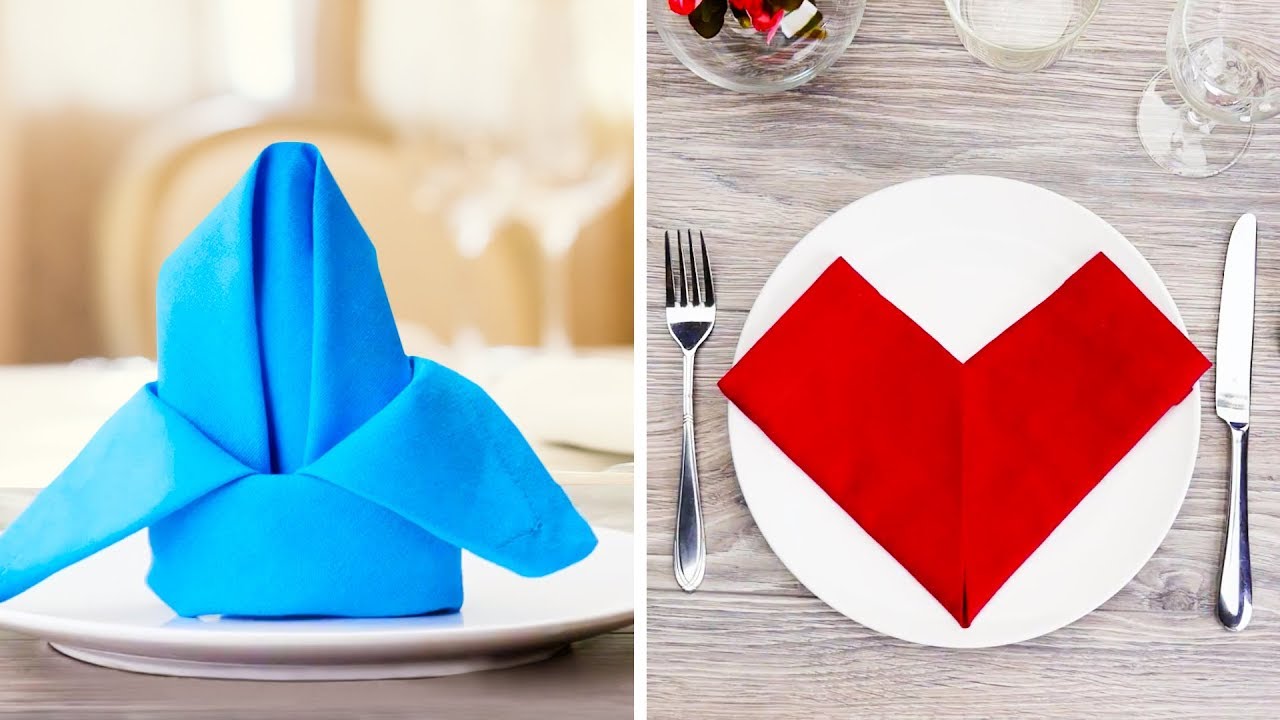
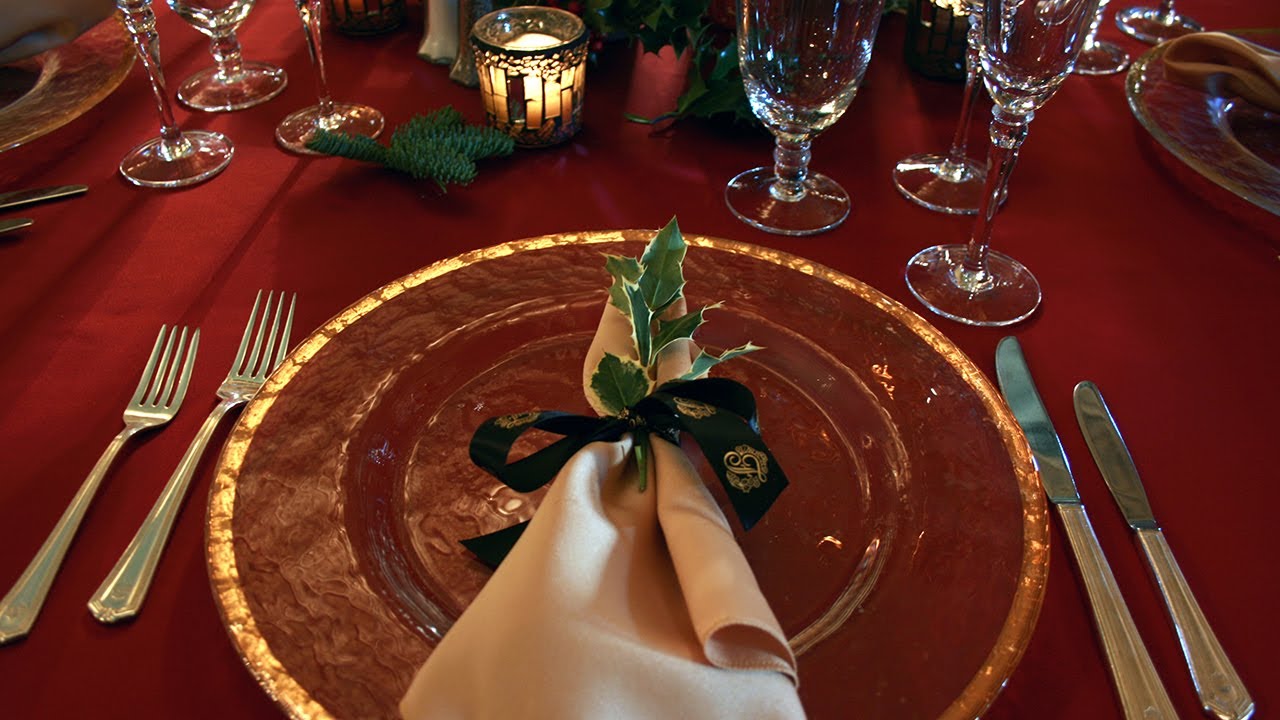
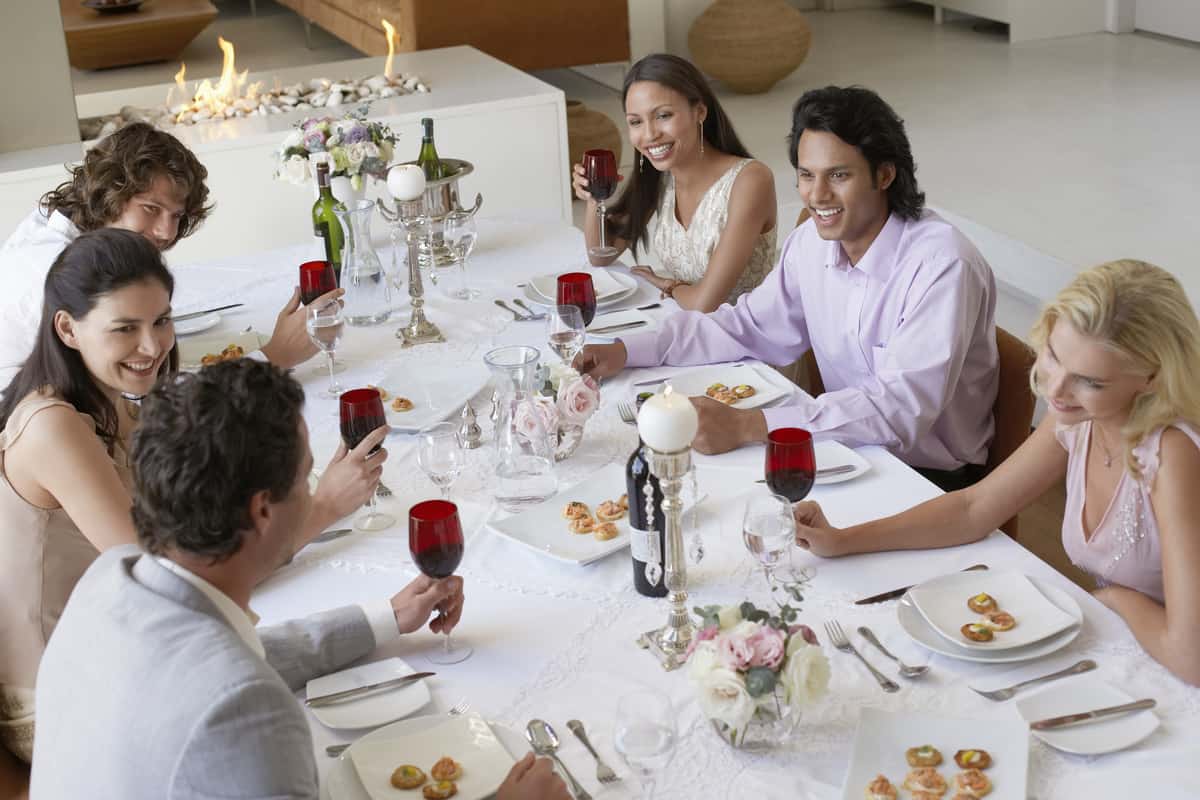


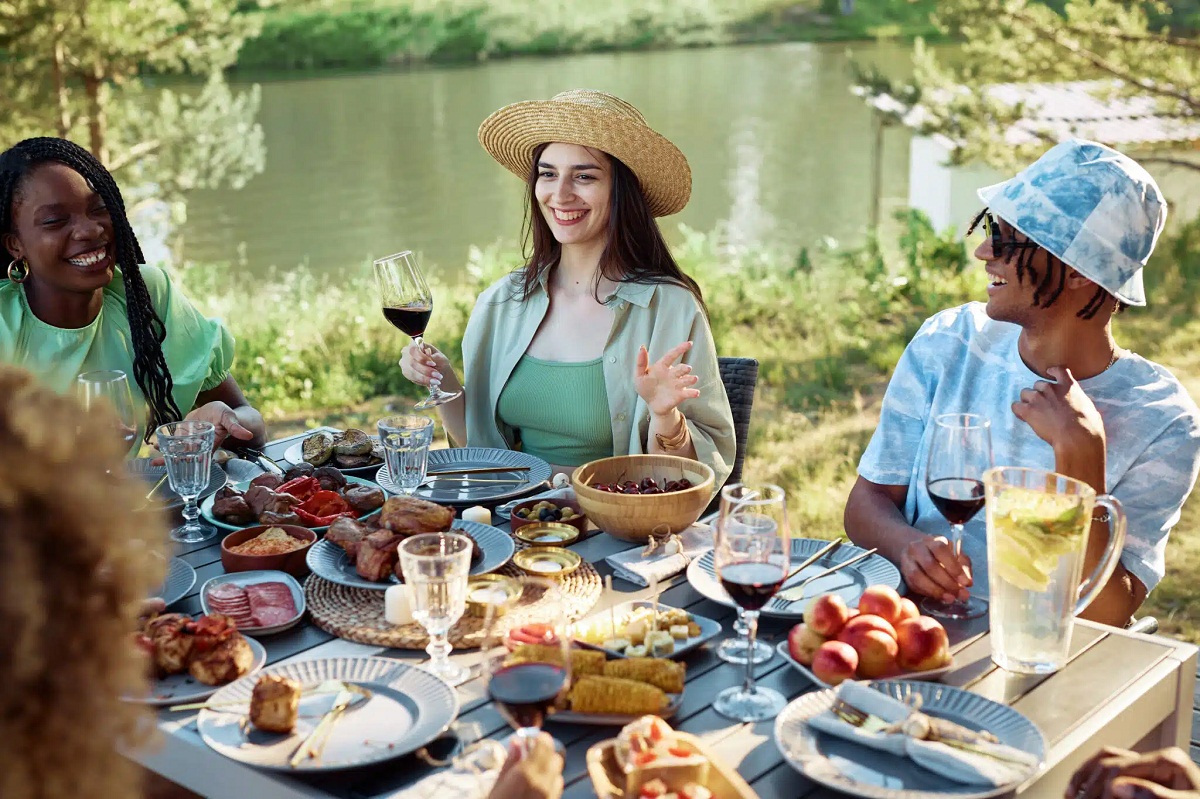
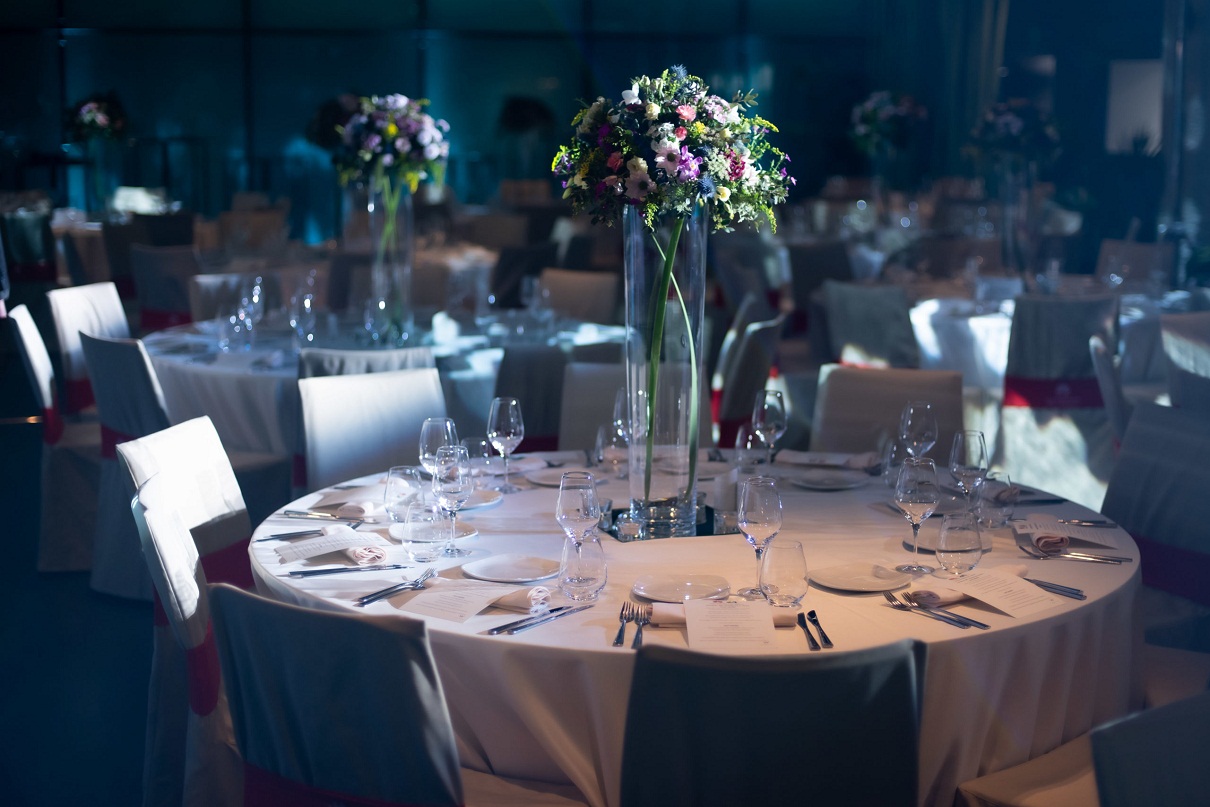
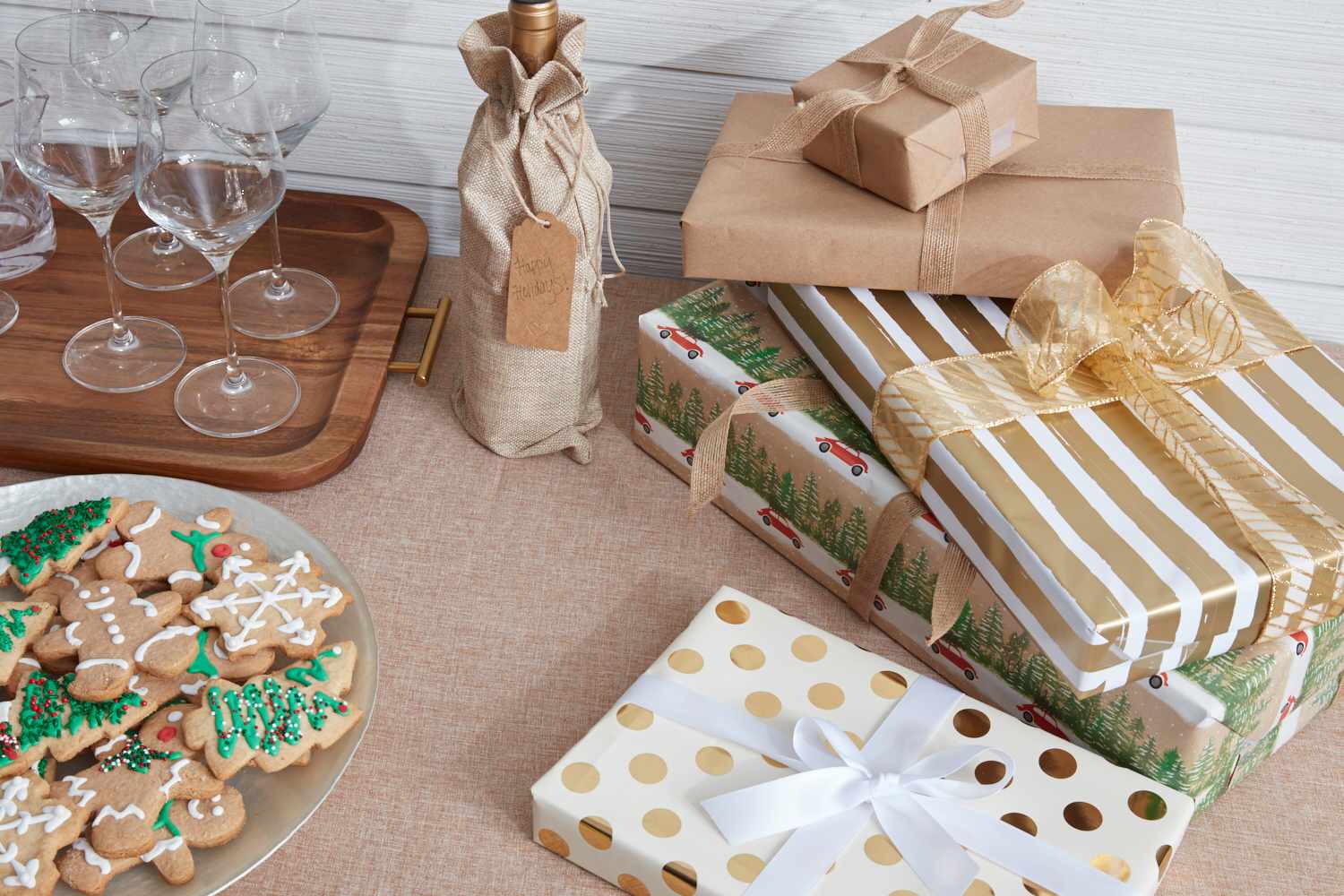
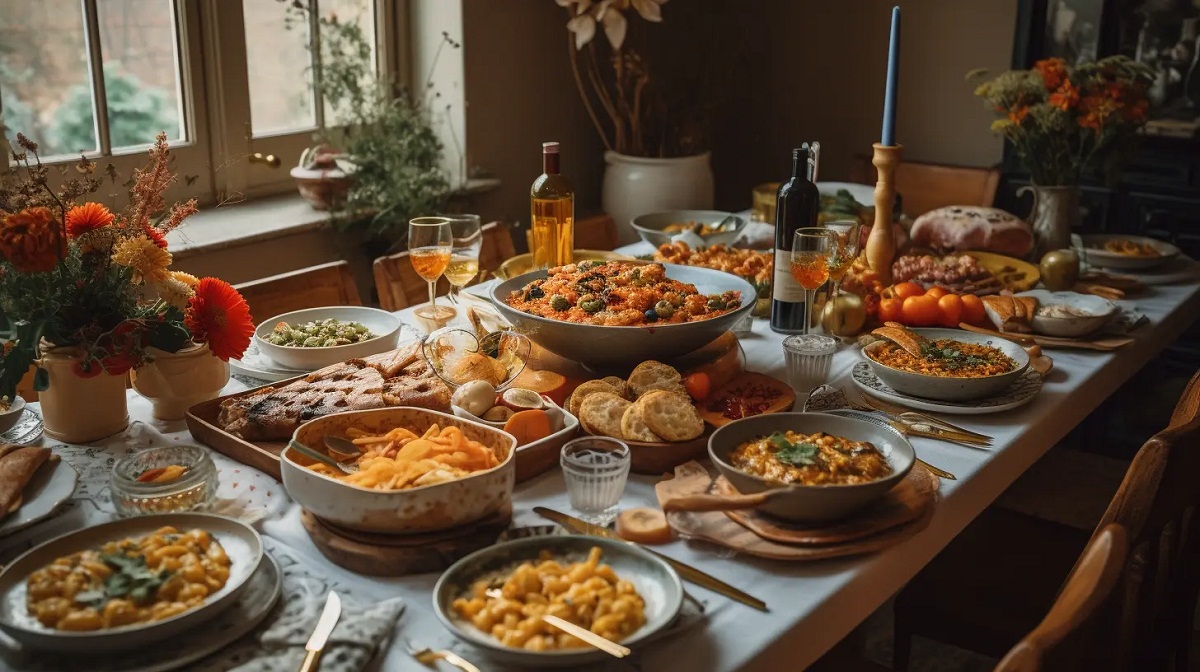
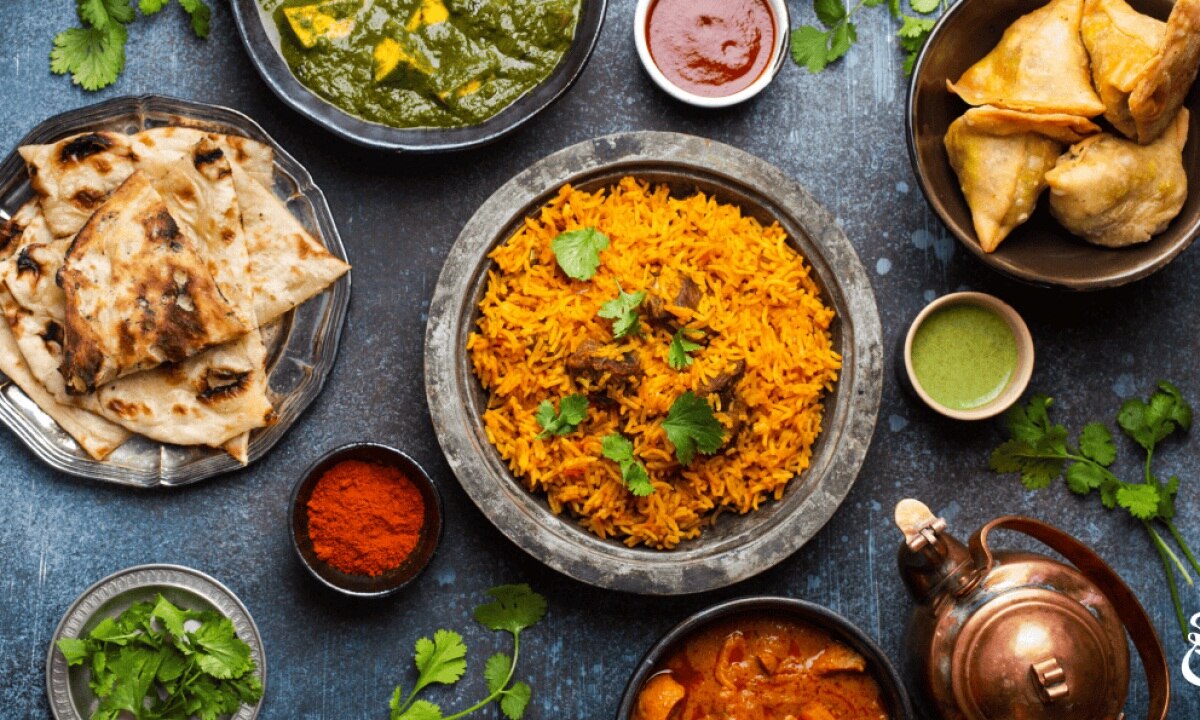
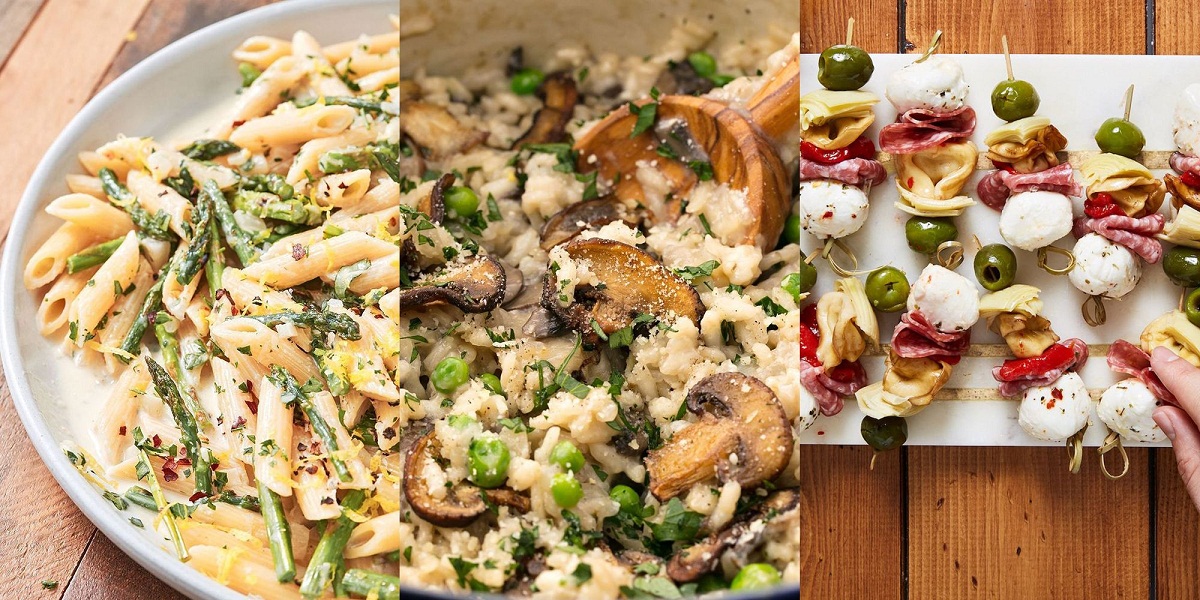

0 thoughts on “How To Organize A Dinner Party”